It's time to take stock of the survey we carried out on your snowshoe consumption habits. padel.
First of all we wish thank all the participants who kindly responded to this survey. You are in total 155.
General context
155 people responded to the study. This is obviously not enough to have a perfect vision of the behavior we have in relation to our purchases, but it already allows us to detect major trends.
Among those who responded to the study, more than 91% were male, and if we already know that today more men than women play padel, we can also think that they are generally the most interested in snowshoes. The manufacturers have understood this since there are a majority of models intended for the male public.
We also know that snowshoes from padel are rather fragile and men therefore have a tendency to have to change racquets more regularly than a player; because yes gentlemen, you do not spare your racket!
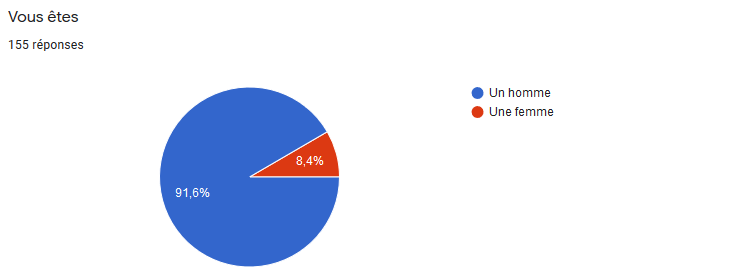
Concerning I'age : among the people who answered, 43,9% belong to the 24-39 age group, and 43,9% to the 40-54 age group.
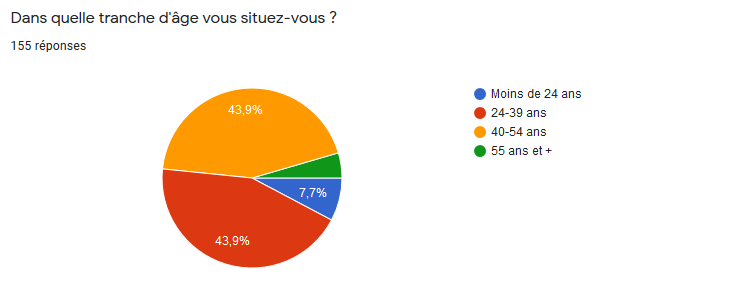
Information which thus perfectly confirms the type of players on the fields. In France, the player is more of a man and is around 40 years old.
The parameters that influence the choice of racquet
First, we note that among those questioned, only 3,9% have not bought a racket in the past 12 months. We can therefore think that the players of padel change racket, at least every year. 44,5% bought one in this period, 36,8% bought 2, and 14,8% bought 3 or more rackets in the past year.
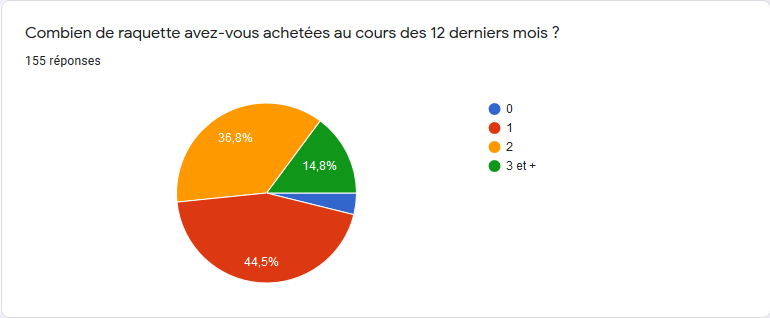
Snowshoes padel are sometimes criticized by players for their lack of robustness. At padel, we do not change the ropes, but we change rackets much more regularly than in tennis. So say that the padel costs less than tennis, is not entirely true.
And precisely, concerning, the reason for this purchase, there are three main groups: 57% bought a racket because theirs was broken or worn out, 24,8% for fun, and 10,1% because it was their first racquet. We therefore see firstly that the palas have a limited lifespan, but also that for 1/4 of study participants, buying a racket is a pleasure purchase. Then, in small groups, we find in the first place the move upmarket, following a change in the level of play, with more than 5%.
Let us now come to the reasons why a person has chose one model over another. Note that it was possible to tick several boxes. In first position, quite widely, we find the characteristics of the racket (61,7%). Come next the brand (45%), the price (23%), and the fact that the pala is used by a pro player (12,8%). The purchase after a test or following the advice of a salesperson or a person close to them each collect 5%.
We can therefore see that for the majority of respondents, this is indeed a shopping pleasure since three quarters of the participants did not choose a model based on price.
The brand is essential for half of the people, and we are generally dealing with a informed public who is interested in specificities of palas.
Consumer habits
Internet is the preferred way for players to purchase racquets: 47% having resorted to it. Next come physical stores (26,2%), then club proshops (18,8%). Finally, purchases from a private individual represent 8,1%, which shows that the second-hand market does exist for snowshoes. padel but it remains very much in the minority.
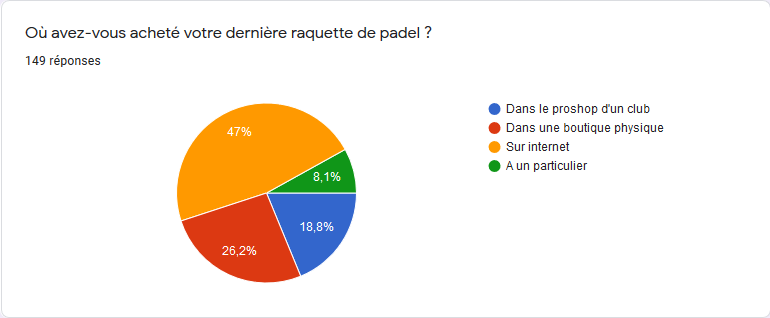
What drives consumers to buy on the internet in the first place? The. Indeed, 57,7% of respondents define price as the reason they chose one location over another. We are therefore dealing with a certain paradox in view of what we have observed previously: the buyer of a padel does not choose his model according to the price but once his choice is made, he will seek to obtain it at the lowest price.
Then, the second reason for theinternet shopping concerns the fact that there is more choice of models (10%).
Among the important decision-making factors, then come the possibility of testing and having a good after-sales service (28,2%), then the advice of the entourage (18,1%), and finally the proximity of the store (14,1, XNUMX%). We therefore understand that for respondents who buy their palas in physical stores, the fact of to be able to buy near home, to be able to try the equipment and to benefit from a good warranty are paramount factors. The fact of making the convenience store work comes well after (3%).
The test
Of the 150 people who bought snowshoes in the past 12 months, 51,3% have not tested them. A logical figure when we know that almost half of purchases are made on the internet. This proves once again that respondents are sensitive to racket tests done on the internet, recommendations from those around them, and descriptions of the builders' palas.
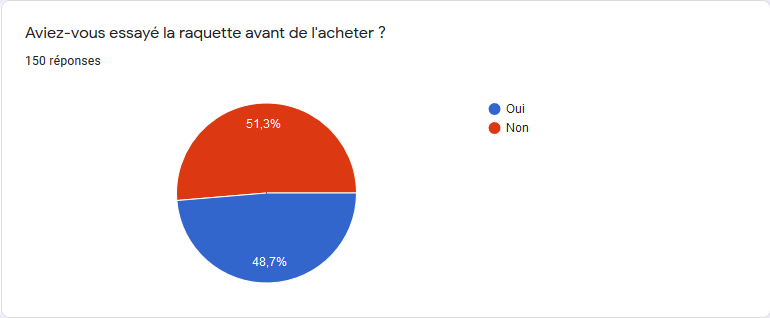
Among those who tested the racket before buying it, more than half tested it in clubs (66%), the others either tested them in store (20%) or thanks to friends who have them. loaned (11%), or via websites offering the equipment test (3%). We see that this practice is not yet widespread, and that clubs and physical stores remain today the reference for players wanting to test rackets.
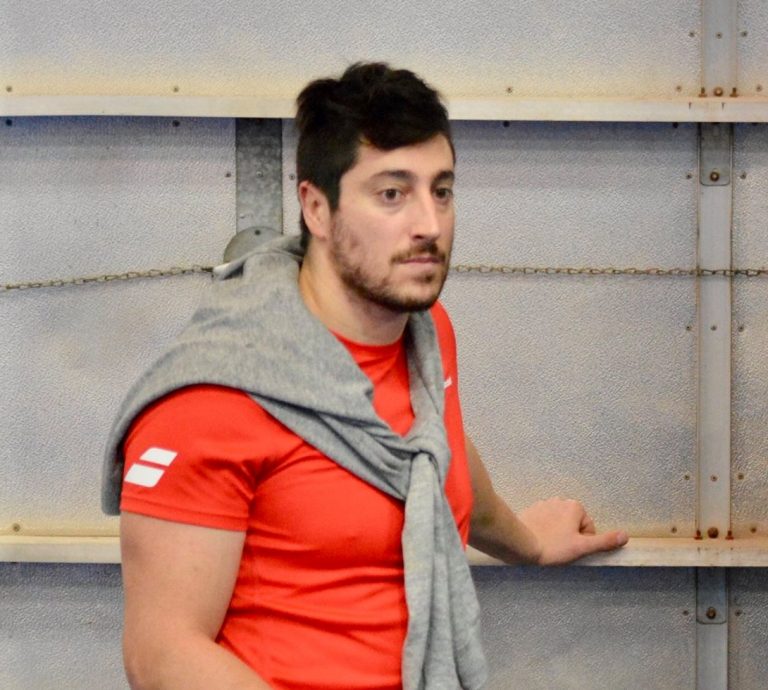
Xan is a fan of padel. But also rugby! And his posts are just as punchy. Physical trainer of several padel, he unearths atypical posts or deals with topical subjects. It also gives you some tips to develop your physique for the padel. Clearly, he imposes his offensive style as on the field of padel !















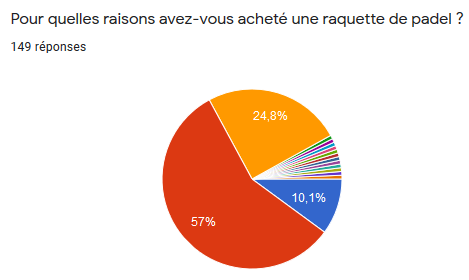






















































































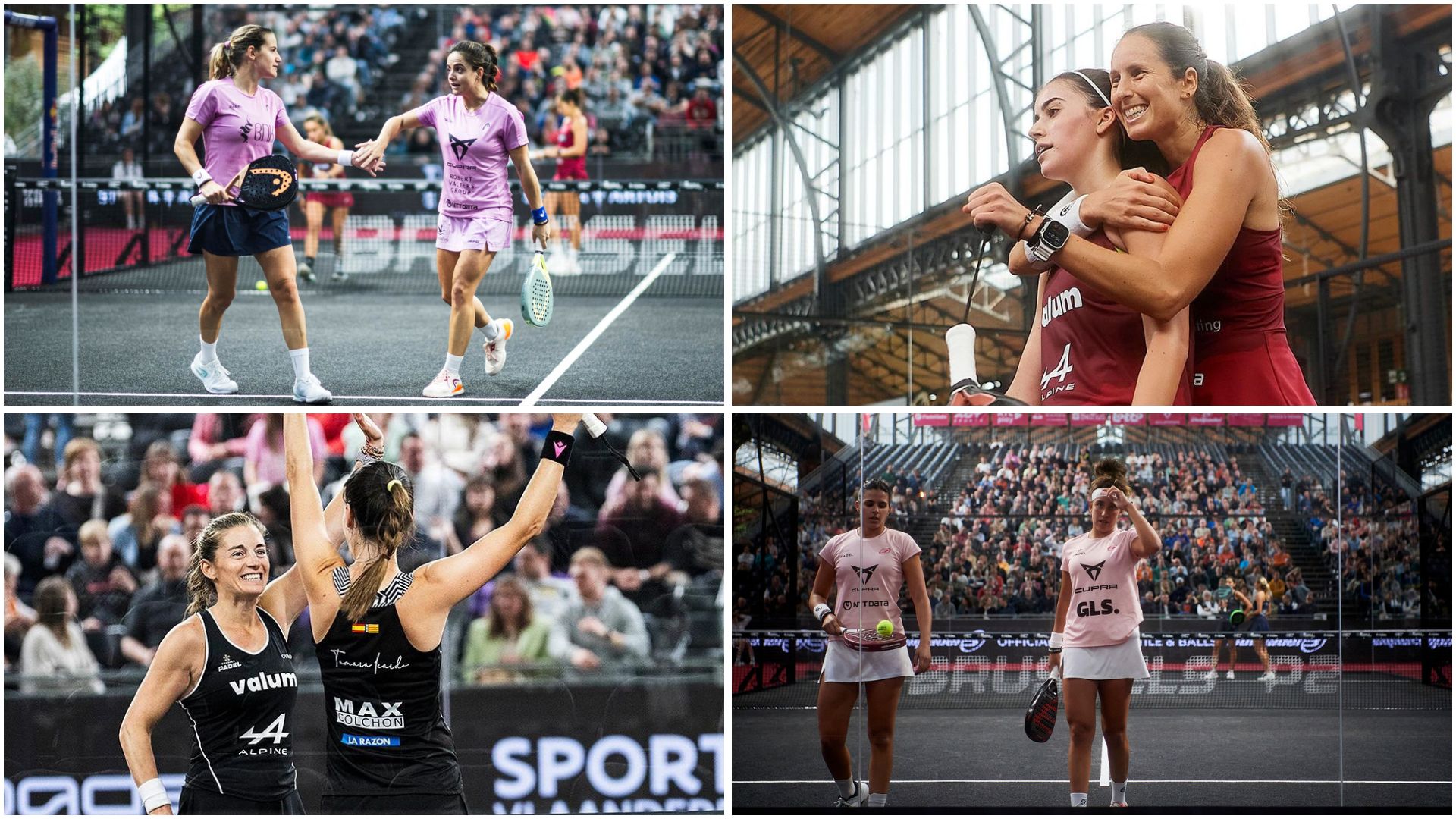 Premier Padel Brussels P2 – The women’s Big 4 at the semi-finals!
Premier Padel Brussels P2 – The women’s Big 4 at the semi-finals! Premier Padel Brussels P2 – Sanz and Nieto win a big fight against Lebron / Navarro!
Premier Padel Brussels P2 – Sanz and Nieto win a big fight against Lebron / Navarro!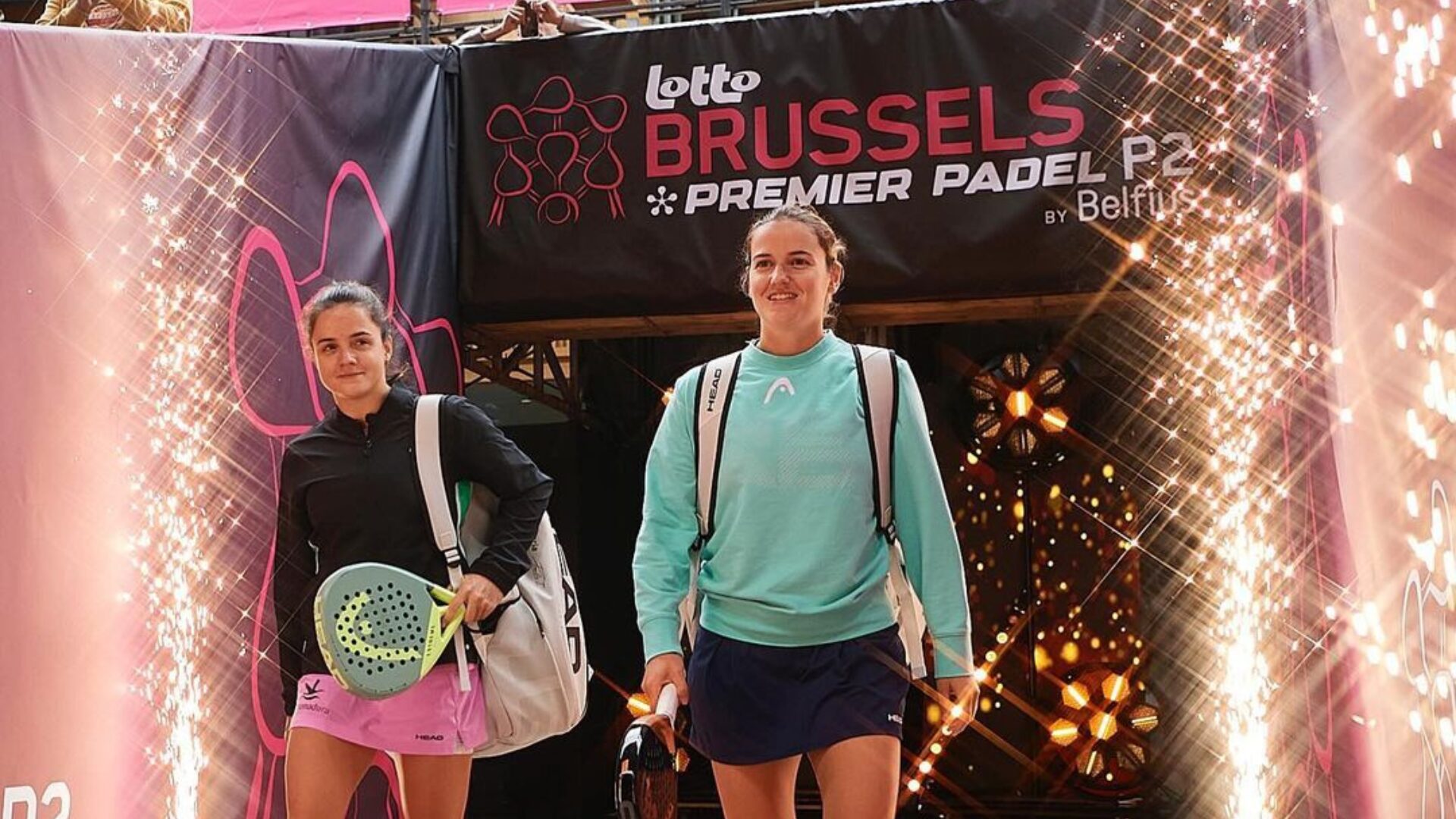 Premier Padel Brussels P2 – The break obviously did Sanchez / Josemaria good!
Premier Padel Brussels P2 – The break obviously did Sanchez / Josemaria good!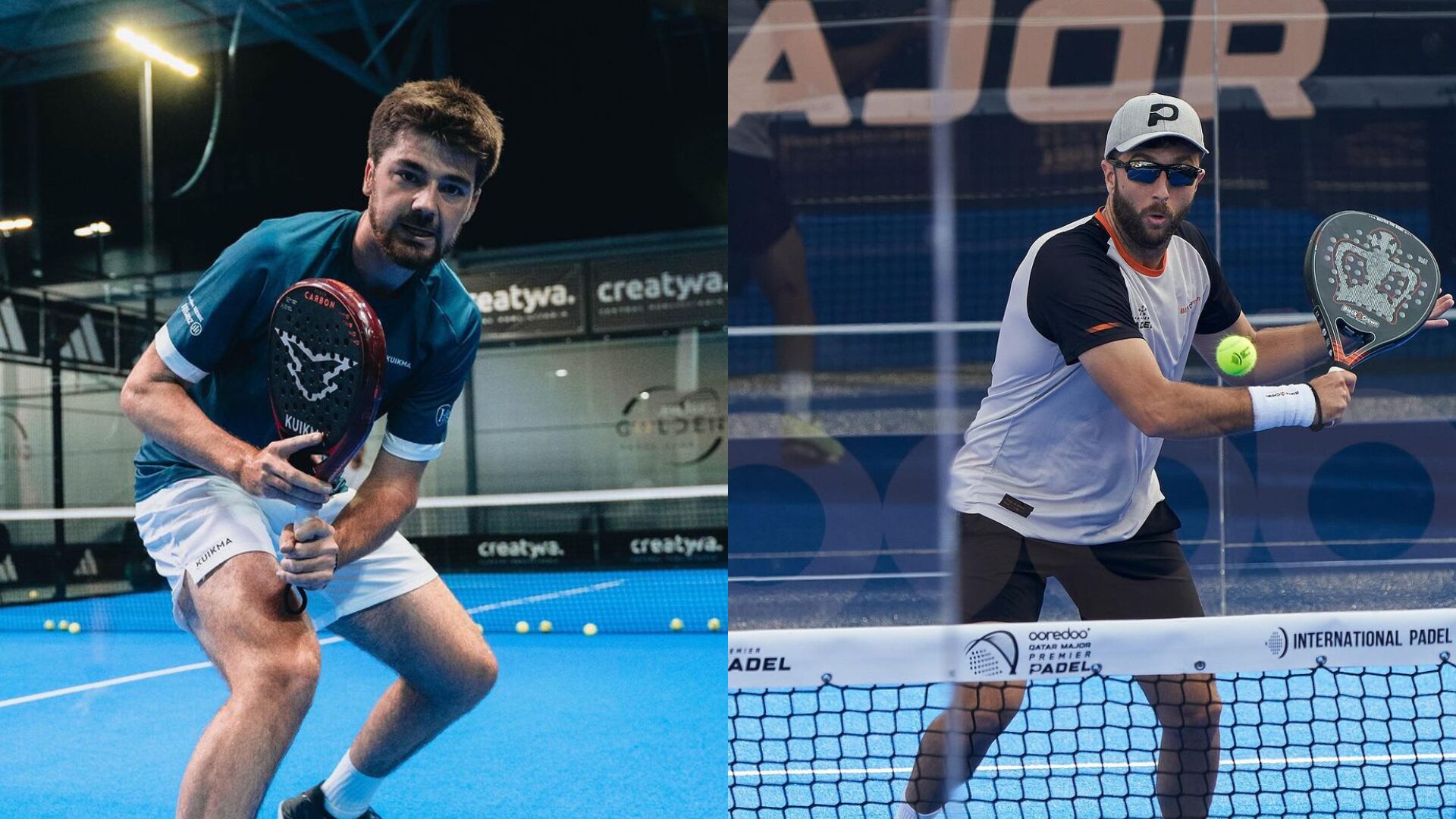 Premier Padel Sevilla P2 – From the waiting list to previas for Dylan Guichard and Ricardo Martinez!
Premier Padel Sevilla P2 – From the waiting list to previas for Dylan Guichard and Ricardo Martinez! Guillaume Codron de Sud Padel : “A family project”
Guillaume Codron de Sud Padel : “A family project” Nallé Grinda: “Democratize the padel in the USA with PadelX "
Nallé Grinda: “Democratize the padel in the USA with PadelX " Simon Boissé: “We know that there are two nations in front of us”
Simon Boissé: “We know that there are two nations in front of us” Marie Maligo: “This period of frequent changes of partners was beneficial for me”
Marie Maligo: “This period of frequent changes of partners was beneficial for me” Gilles Moretton: “We will be able to put the padel at the level of tennis”
Gilles Moretton: “We will be able to put the padel at the level of tennis” Two P1000 doubled prize money approaching!
Two P1000 doubled prize money approaching! José Manuel Escin at the inauguration of Casa Padel DOS: “Finally, and thank you!”
José Manuel Escin at the inauguration of Casa Padel DOS: “Finally, and thank you!”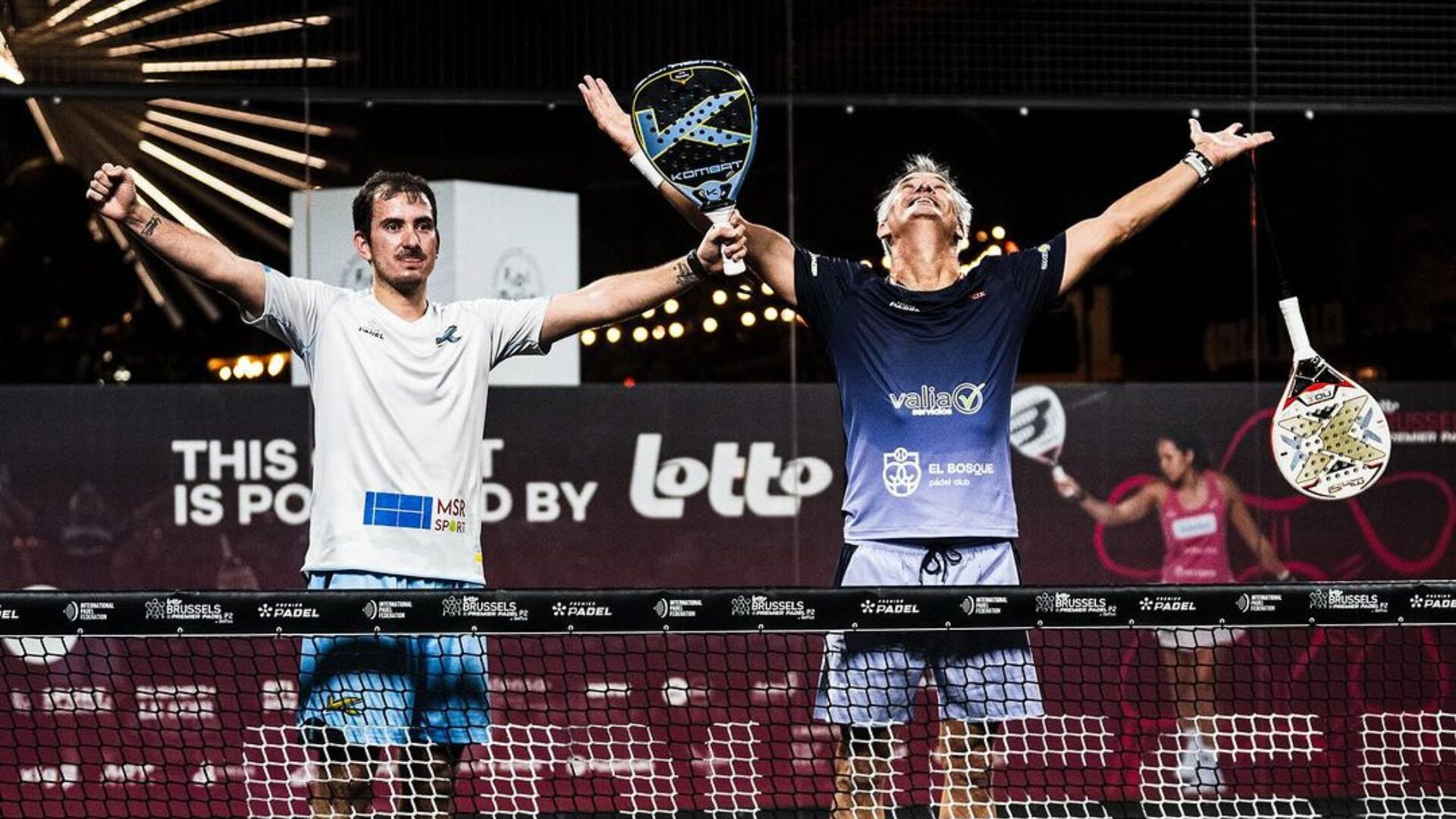 Miguel Lamperti: three tie-breaks and a return to the quarter-finals!
Miguel Lamperti: three tie-breaks and a return to the quarter-finals! Big evening in Brussels with two seeded players on the mat, heckled number 1s…
Big evening in Brussels with two seeded players on the mat, heckled number 1s… A1 Padel – the French Open replaces the Mexican Open on the calendar
A1 Padel – the French Open replaces the Mexican Open on the calendar Padel Score comes to Tahiti for American Express Padel Cup!
Padel Score comes to Tahiti for American Express Padel Cup! Do you know the Rafa Nadal Academy Tour?
Do you know the Rafa Nadal Academy Tour? Play at padel on his yacht? Possible for €233.000!
Play at padel on his yacht? Possible for €233.000! Our Top 10 training courses padel in France and Europe
Our Top 10 training courses padel in France and Europe At the heart of padel – Episode 25: Paul and Andoni answer your questions
At the heart of padel – Episode 25: Paul and Andoni answer your questions Tactical padel – What to do when faced with players who systematically stay at the bottom?
Tactical padel – What to do when faced with players who systematically stay at the bottom? The basic tactics of padel
The basic tactics of padel At the heart of padel – Episode 25: Paul and Andoni answer your questions
At the heart of padel – Episode 25: Paul and Andoni answer your questions At the heart of padel – Episode 23: defend the window well
At the heart of padel – Episode 23: defend the window well Prohibition on playing topless Padel : the reasons
Prohibition on playing topless Padel : the reasons FIP Tour – Going far from Europe, THE strategy to earn points!
FIP Tour – Going far from Europe, THE strategy to earn points! What is a good football player? padel ?
What is a good football player? padel ? “Lefties give me headaches when I play against them!”
“Lefties give me headaches when I play against them!” At the heart of padel – Episode 14: how to earn points in winter?
At the heart of padel – Episode 14: how to earn points in winter? A par 4 is always a winner...even if you manage to defend it!
A par 4 is always a winner...even if you manage to defend it! Carbon fiber VS fiberglass: what to choose?
Carbon fiber VS fiberglass: what to choose? How to effectively test a racket padel ?
How to effectively test a racket padel ? La padel to fight Parkinson's disease
La padel to fight Parkinson's disease Don't play with a cracked or broken racket, your body will thank you!
Don't play with a cracked or broken racket, your body will thank you! Michel Cymes: “The padel, physically, it’s serious!”
Michel Cymes: “The padel, physically, it’s serious!” Jeremy Gala: “Promote the padel among young people in Belgium remains a challenge”
Jeremy Gala: “Promote the padel among young people in Belgium remains a challenge” The French Touch Academy organizes its selection day Padel-Study
The French Touch Academy organizes its selection day Padel-Study Report on the detection and training of younger generations
Report on the detection and training of younger generations